What Is the Opposite of Blue What Is the Opposite of Opposite

If you ask someone what the opposite of blue is, you may receive different answers. Some may believe the opposite of blue is red, others think it's orange, and many say it's yellow. It is very important for artists, designers, painters, and colorists to know the correct answer, as their finished work demands precision. While the short answer may be orange, the actual answer may depend on a few more variables. Follow along to find out:
- What is the opposite of blue on different color wheels?
- What are the opposite colors of common blue hues?
- How can you find the exact opposite color to a particular blue shade?
- How do you use this knowledge in your designs?
What Is the Opposite of Blue?
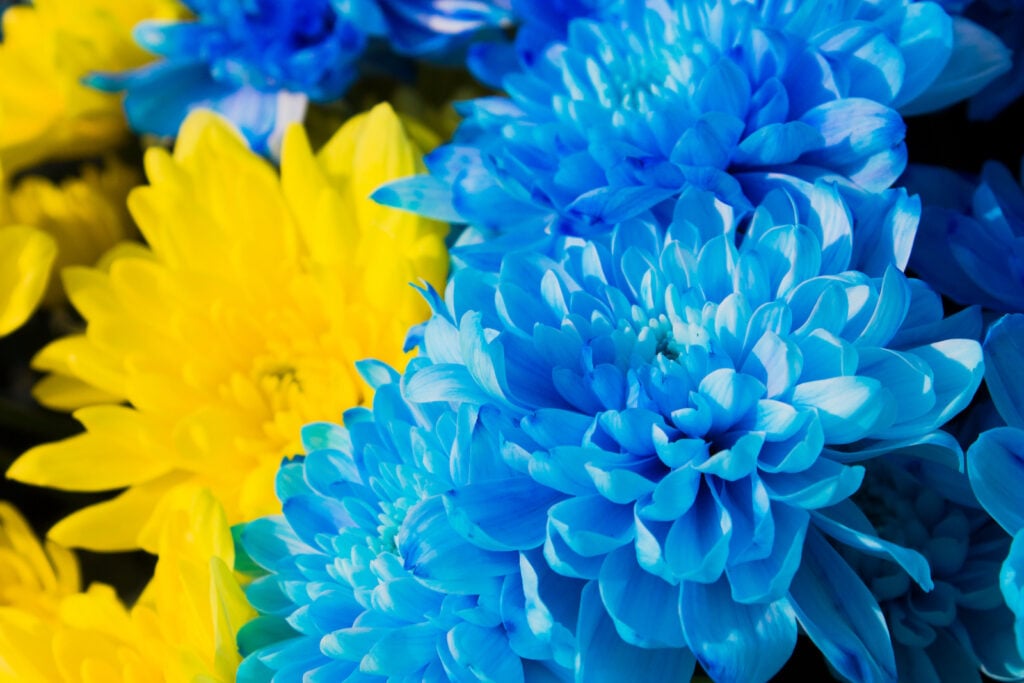
Opposites, also known as complementary colors, stand directly opposite each other on color wheels. When they combine, they can neutralize each other or cancel each other out. Typically, if the exact opposite combines with a particular color, the result is a grayscale color like white or black (depending on the amount of light involved in the hue). On the other hand, if complementary colors lie next to each other, they create strong contrasts. These contrasts are incredibly aesthetically pleasing to the eye, as your eye can actually take in accurate information (light) from each color at the same time.
Whether you are planning to use the opposite of blue to neutralize blue or to create a harmonious color scheme, it is important to have a precise answer. Find out the opposite of blue in each of the popular color models and wheels below.
What Is the Opposite of Blue in RGB?
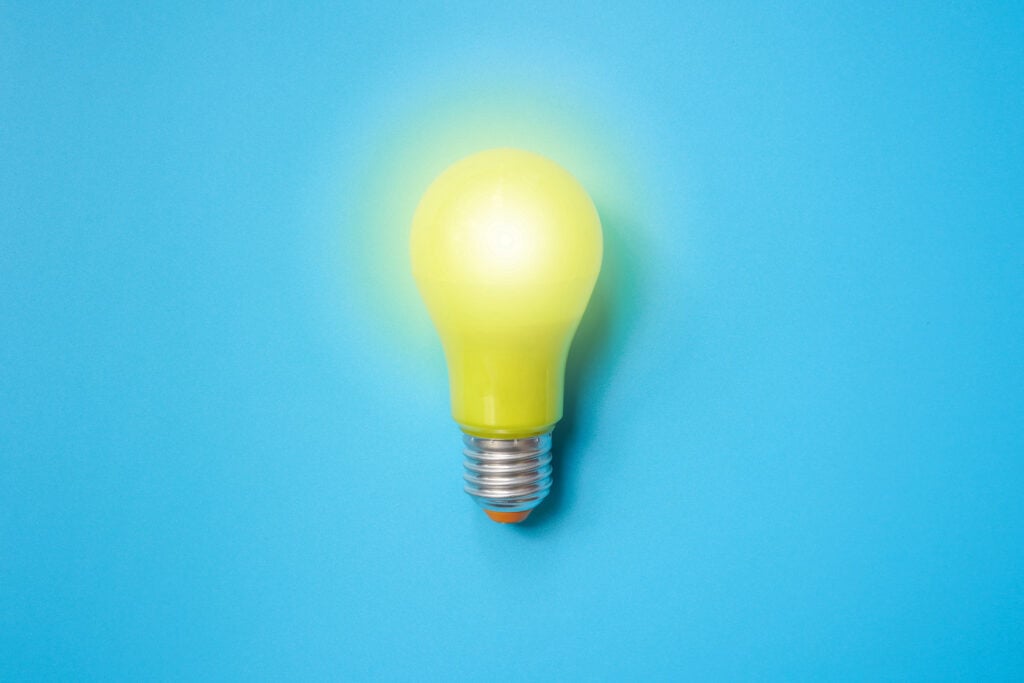
RGB is one of the most popular color models today, as graphic designers, webpage developers, digital artists, social media influencers, and cinematographers use it regularly. Standing for Red, Green, and Blue, it shows the colors transmitted through screens such as televisions, tablets, computers, and mobile devices. It is important to know that it is an additive color model, meaning you can add these three colors in varying intensities to portray a wide spectrum of colors. If you add all of the colors with full intensity, the screen displays pure light or white. Whereas if you do not add any color, no light comes through, and the screen will stay black.
On the RGB color wheel, the opposite of blue is yellow. You may be curious about how they are broken down into actual RGB values, where 0 means no light and 255 means full light/intensity. This pure blue contains no red, no green, and 255 blue. In contrast, the yellow contains no blue, 255 red, and 255 green.
On either side of blue on the RGB color wheel are its tertiary colors. These are combinations of the primary color blue with other primary colors, either green or red. On one side, leaning towards green, you'll find azure blue. Its direct opposite is orange. On the other side, heading towards red, is violet. Its opposite is chartreuse or a yellow-green.
Yellow
Hex #FFFF00
RGB 255, 255, 0
CMYK 0, 0, 100, 0
What Is the Opposite of Blue in CMY?

CMY is another common color model, primarily used by anyone creating printed work or working with paint. Its primary colors are Cyan, Magenta, and Yellow. Unlike RGB, this model is subtractive. This means when artists add colors, they are subtracting light from pure light/white. If they were to combine two opposite colors or all the colors together, they would theoretically achieve an absence of light: black. However, in reality, this is actually a dark brown. This is why you may see the CMY model or color wheel actually include black (or black ink), CMYK.
On the CMY color wheel, keep in mind that blue is not one of the primary colors. Blue is actually a secondary color, created with 100, or full intensity, of cyan and 100 of magenta (with no yellow). The opposite of blue on the CMY color wheel is yellow, one of the model primaries (100 yellow).
However, if you wish to know the opposite of its primary, cyan (100 cyan), it is red (100 magenta, 100 yellow). Likewise, besides cyan, towards blue, you can find ocean blue (100 cyan, 50 magenta). The opposite of this light blue is orange (50 magenta, 100 red).
Yellow
Hex #FFFF00
RGB 255, 255, 0
CMYK 0, 0, 100, 0
What Is the Opposite of Blue in RYB?
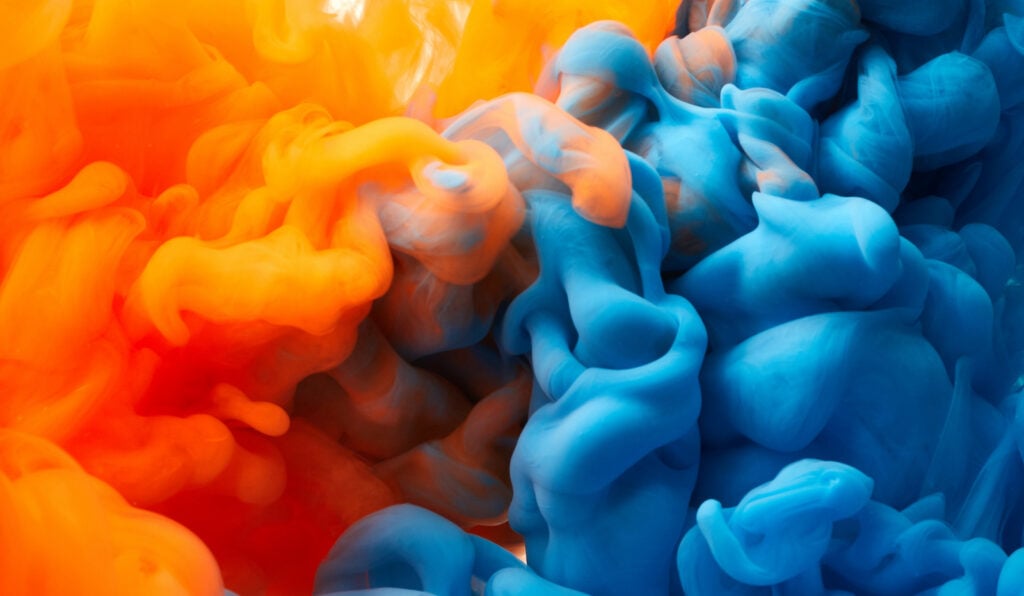
RYB is the oldest color model, consisting of the three, original primary colors: Red, Yellow, and Blue. This model still comes in handy today, especially if you are just beginning to learn color theory, designing basic color schemes for rooms or outfits, or working with makeup or hair color. Similar to the CMY color model, RYB colors are subtractive. When you add colors, they subtract light from an originally white base. In this way, added colors both present a wider range of colors and darken colors.
On the RYB color wheel, blue is one of the primary colors and its opposite is orange. Besides blue, you can find the colors indigo (blue-violet) and blue-green. Respectively, their opposites are amber (yellow-orange) and red-orange.
Orange
Hex #FFA500
RGB 255, 165, 0
CMYK 0, 35, 100, 0
What Are the Opposites to Different Blue Hues?
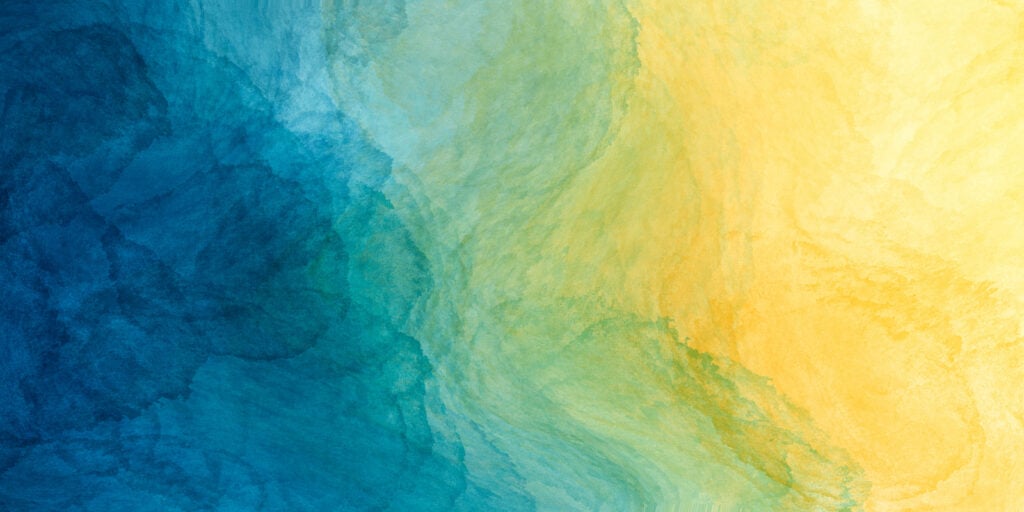
If you look closely at the world, there are many different hues, shades, tones, and tints. Likewise, if you have your hands on a detailed color wheel, you can see many different colors. Although the basic RGB, CMY, and RYB color wheels typically only display primary, secondary, and tertiary colors, you can use these in varying intensities and combinations to create a wide array of colors.
As you may have already guessed from the earlier discussion on tertiary blues and secondary colors, there is actually a range of blues from aqua or turquoise, to violet. Likewise, its opposite will be a range from yellow to orange-red. Read more to find out the opposites to specific popular blue hues.
What Is the Opposite of Azure?
Azure is a mixture of cyan and blue. It is similar to the color of a beautiful, clear, summer sky. The opposite of azure is bright orange. They are two incredibly striking colors; together they represent energy and excitement, yet also balance.
Azure
Hex #0080FF
RGB 0, 128, 255
CMYK 100, 50, 0, 0
Bright Orange
Hex #FF7F00
RGB 255, 127, 0
CMYK 0, 50, 100, 0
What Is the Opposite of Cyan?
Cyan is a mixture of green and blue, often compared to bright turquoise. The opposite of cyan is red. The combination of cyan, red, and a touch of orange creates an invigorating palette, reminiscent of a sunset along the ocean.
Cyan
Hex #00FFFF
RGB 0, 255, 255
CMYK 100, 0, 0, 0
Red
Hex #FF0000
RGB 255, 0, 0
CMYK 0, 100, 100, 0
What Is the Opposite of Violet or Purple?
Violet, or purple, is a mix of blue and red. The opposite of violet is chartreuse. Together, violet and chartreuse represent wisdom, sensitivity, cheerfulness, and distinction.
Violet
Hex #8000FF
RGB 128, 0, 255
CMYK 50, 100, 0, 0
Chartreuse
Hex #7FFF00
RGB 127, 255, 0
CMYK 50, 0, 100, 0
How to Find the Correct Opposite to Blue
If you are looking at a true blue, or one of its immediately recognizable tertiaries, it is relatively easy to find its opposite on a color wheel. It is simply the color that lies directly opposite. However, most shades of blue are not true blue, they are different saturations of blue or mixtures of colors. It begs the question: how can you find an exact opposite hue and shade?
How to Find the Correct Opposite to Blue in RGB
Fortunately, it is also very easy to find complementary colors if you are working with digital colors. Typically, different HEX codes represent different colors. Recall the earlier discussion on blue in the RGB color model, and you'll remember intensity of 0 to 255. HEX codes inform the program how much of a particular color to show through this value range. For instance, if you are attempting to show the color black, it would be the absence of each color: #000000 (0 Red, 0 Green, 0 Blue). For every color of blue, there is also a value between 0 and 255 for each color (although if the color is higher than 9, HEX codes start to use letters as well). For example, the HEX code for pure blue is #0000FF (0 Red, 0 Green, 255 Blue).
Once you find your HEX code for your particular color blue, you can use an inverter to find the opposite color. You might like to try Image Online, WTools, or Pine Tools. However, your specific graphic design program may have an integrated inverter already, making this task easy and effortless.
How to Find the Correct Opposite to Blue in CMY
Working with the CMY color model to find particular blues and their precise opposites is just as easy as with the RGB color model. On screen, you can use similar inverter features within your specific graphic design software. However, keep in mind that your first step requires printing your colors to make sure they line up with your ideal vision. The printed inks will vary slightly from what you can see on your monitor.
Additionally, you can also use the CMY with paint colors. First, if you haven't done this already, you need to analyze your paint. As mentioned earlier, the CMY colors indicate percentages from 0 to 100 for each of the colors (Cyan, Magenta, Yellow, Black). Special equipment and software can determine how much of each color is in your particular paint. Second, you can determine how much of each opposite would provide the correct opposite color or your software can accomplish this for you.
How to Find the Correct Opposite to Blue in RYB
RYB is straightforward and simple, making it one of the easiest ways to find an oppositeon the color wheel. However, if you need an exact color, it may be more difficult. Typically, artists will convert RYB colors to RGB, and then invert the color, to find an accurate hue.
How to Use Blues and Their Opposite Colors
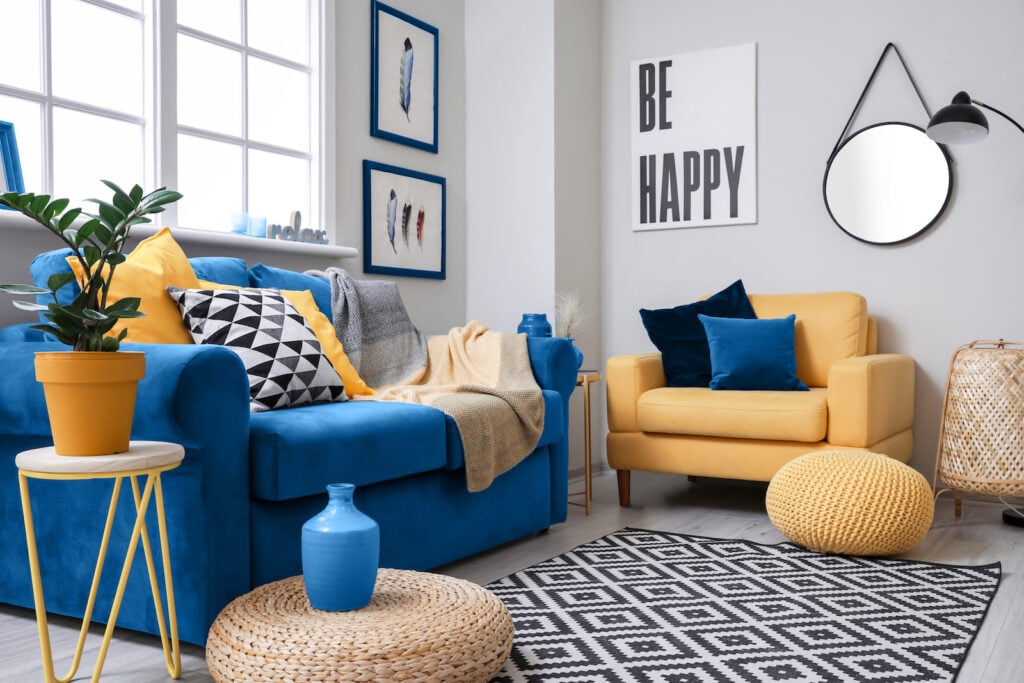
Now that you have an excellent understanding of the opposites of blue and how you can find exact opposites, you need to know how you can put your knowledge to ultimate, practical use.
Remember that blue symbolizes trust and loyalty. It's a calming and peaceful color that is loved by many people around the world.
The first way to use blue and an opposite hue is to create striking, vibrant contrast. Typically, this is an excellent choice when designing home and office interiors and exteriors, or working in the fashion or advertising worlds. You have the power to evoke a range of emotional reactions within your audience, simply with a choice of two colors. It is best to use precise opposites within these contexts, as even the slightest off-tint or shade can ruin an aesthetically pleasing view. For instance, within a beachside spa, a company may use cyan and reddish-orange.
The second way is to use blue and an opposite to neutralize a certain color. Often, you will see this within the makeup, hair, or art world to cover up an unpleasing color or to subdue a certain color within paint dye or ink. For instance, makeup artists can use their knowledge of opposites to cover up dark undereye circles (blue or purple) with an orange foundation.
Moving Forward with Blue
After following along with this detailed guide, you are ready to put your complementary color knowledge to the test! Elevate creative elements within your art work, create a pleasing home environment, or design an attention-grabbing advertisement with intentional blue hues and their opposites.
Source: https://www.color-meanings.com/what-is-the-opposite-of-blue/#:~:text=On%20the%20RGB%20color%20wheel%2C%20the%20opposite%20of%20blue%20is%20yellow.&text=In%20contrast%2C%20the%20yellow%20contains,colors%2C%20either%20green%20or%20red.

0 Response to "What Is the Opposite of Blue What Is the Opposite of Opposite"
Post a Comment